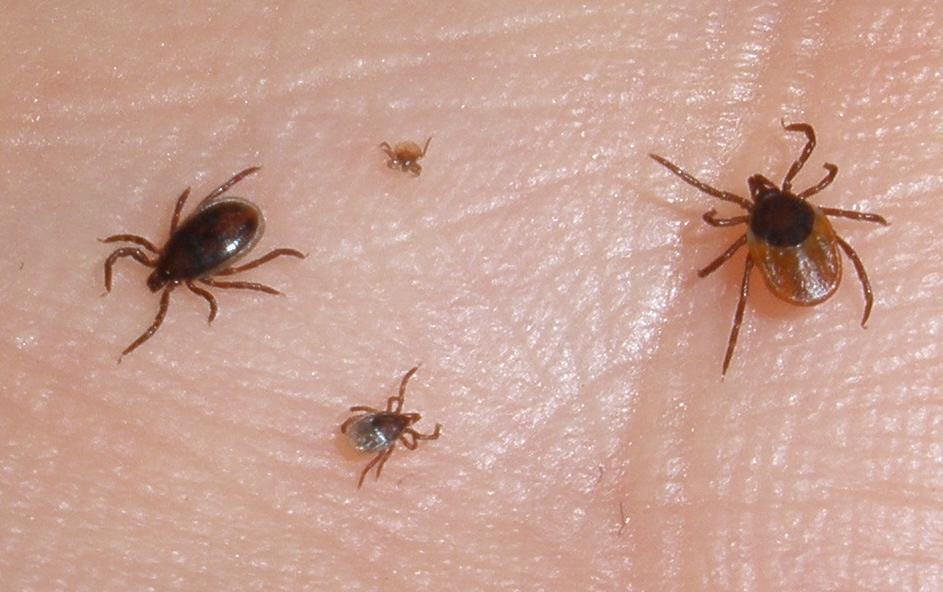Ticks in Norway

Ticks are blood-sucking parasites that target birds, reptiles, and mammals, including humans. Classified as arthropods, they belong to the same family as mites and spiders. With over 900 species globally, ticks inhabit diverse environments, ranging from temperate and tropical regions to the Arctic and deserts.
In Norway, approximately nine different tick species are established. The sheep tick (Ixodes ricinus) is the most common species, adapted for temperate climates and prevalent throughout Europe. Typically small in size, ranging from 1mm to 1.5 cm when fully engorged, sheep ticks feed on various mammals and birds. They are commonly found in woodland, grassy areas, gardens, parks, etc. In Norway, they are particularly abundant along the coastal stretch from Oslo to Helgelandskysten (close to Brønnøysund). Tick abundance varies across regions, with some areas having high populations and others none.
Ticks do not fly or jump; instead, they crawl up grass or twigs and latch onto passing animals or humans. Once attached, they seek exposed skin to bite and feed. While tick bites are generally benign, the diverse range of hosts they feed on, including rodents, birds, deer, and pets, poses a risk of transmitting diseases known as tick-borne diseases to humans and animals.